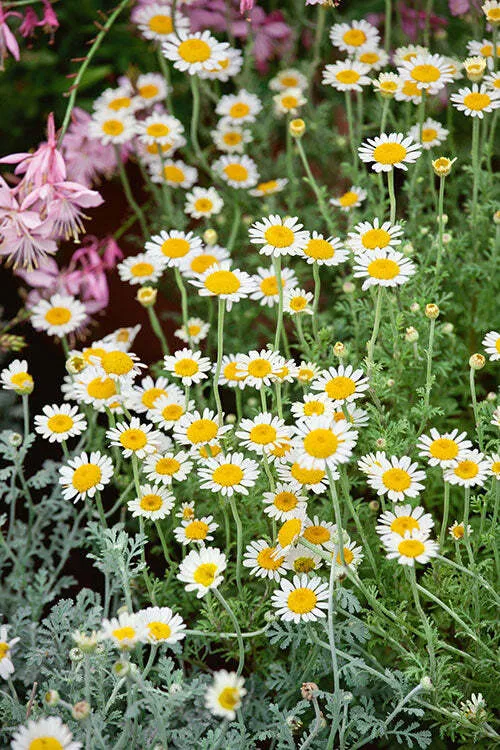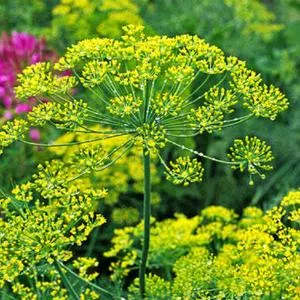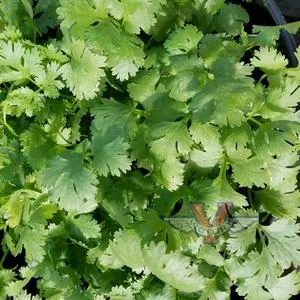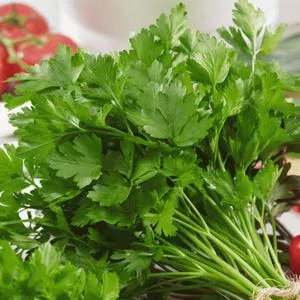Chamomile, Roman
Chamaemelum nobile
Price: $3.45
SKU: 4000451Roman Chamomile has a very long history of use as both an ornamental plant and a medicinal herb. Its plants are low-growing and form a spreading mat of aromatic foliage typically growing three to six inches tall. In England, it is traditionally used as a ground cover and in pathways. The lacy, fern-like foliage releases a fruity scent when bruised as it is walked on. Although it can grow to about six inches in height, you can easily manage it by using a lawnmower and mowing it like grass.
The daisy-like flowers have white petals and yellow centers and bloom throughout the summer and into early fall. The flower heads may be dried to make a soothing herbal tea. It is very common in commercial tea blends.
Roman Chamomile is similar in appearance and use to German Chamomile except that Roman Chamomile is a perennial and will do well in USDA zones 4 to 10. Once your plants are established, you can propagate more plants by dividing the roots in the fall.
The Victory Seed Company does not advocate medical self-diagnosis or
self-medication. Reference to the medicinal properties of plants are
described here for educational and historical purposes only and are not
to be construed as a prescription, prognosis or diagnosis for any
disease or illness. As with any remedies or medicines, you should
consult your personal health care provider before using.
It is used similarly to German Chamomile. A tea made from the flowers has been historically used as remedy for a variety of ailments including headache, colds, flu, stomach disorders and gastrointestinal disorders including to aide digestion after heavy meals.[1]
 For its calming effects as a sleep aid (sedative), antiinflammatory, and for overall boosting the immune system (tonic), the reported preferred temperature for vaporizing and aromatherapy is 257°F (125°C).
For its calming effects as a sleep aid (sedative), antiinflammatory, and for overall boosting the immune system (tonic), the reported preferred temperature for vaporizing and aromatherapy is 257°F (125°C).
Roman Chamomile is easily grown from seed and spreads by creeping stems that develop roots as they grow. It is pretty forgiving of its location but does best in well-drained, sandy soils in locations receiving full sun to partial shade. Once established, it will tolerate short periods of drought but thrives with moderate amounts of water. It will also do best in cooler summers.
Informational References:
- "A Modern Herbal," Mrs. M. Grieve, 1931, p. 185-187.
- "Tyler's Honest Herbal: A Sensible Guide to the Use of Herbs & Related Remedies," Steven Foster & Varro E. Tyler, Ph.D., MJF Books, New York, 1999.
- "Handbook of phytochemical constituents of GRAS herbs and other economic plants," James A. Duke, CRC Press, Boca Raton, Florida, 1992.
- "Dr. Duke's Phytochemical and Ethnobotanical Databases," U.S. Department of Agriculture, Agricultural Research Service, 1992-2016.
Caution: Although very rare, people with allergies to Ragweed or other plants in the Asteraceae or Compositae families may experience a reaction from 'Roman Chamomile'.[2]
Customer Reviews:
Do you have experience with this one? 📝 📣 Write a review!
No reviews have been posted yet.





